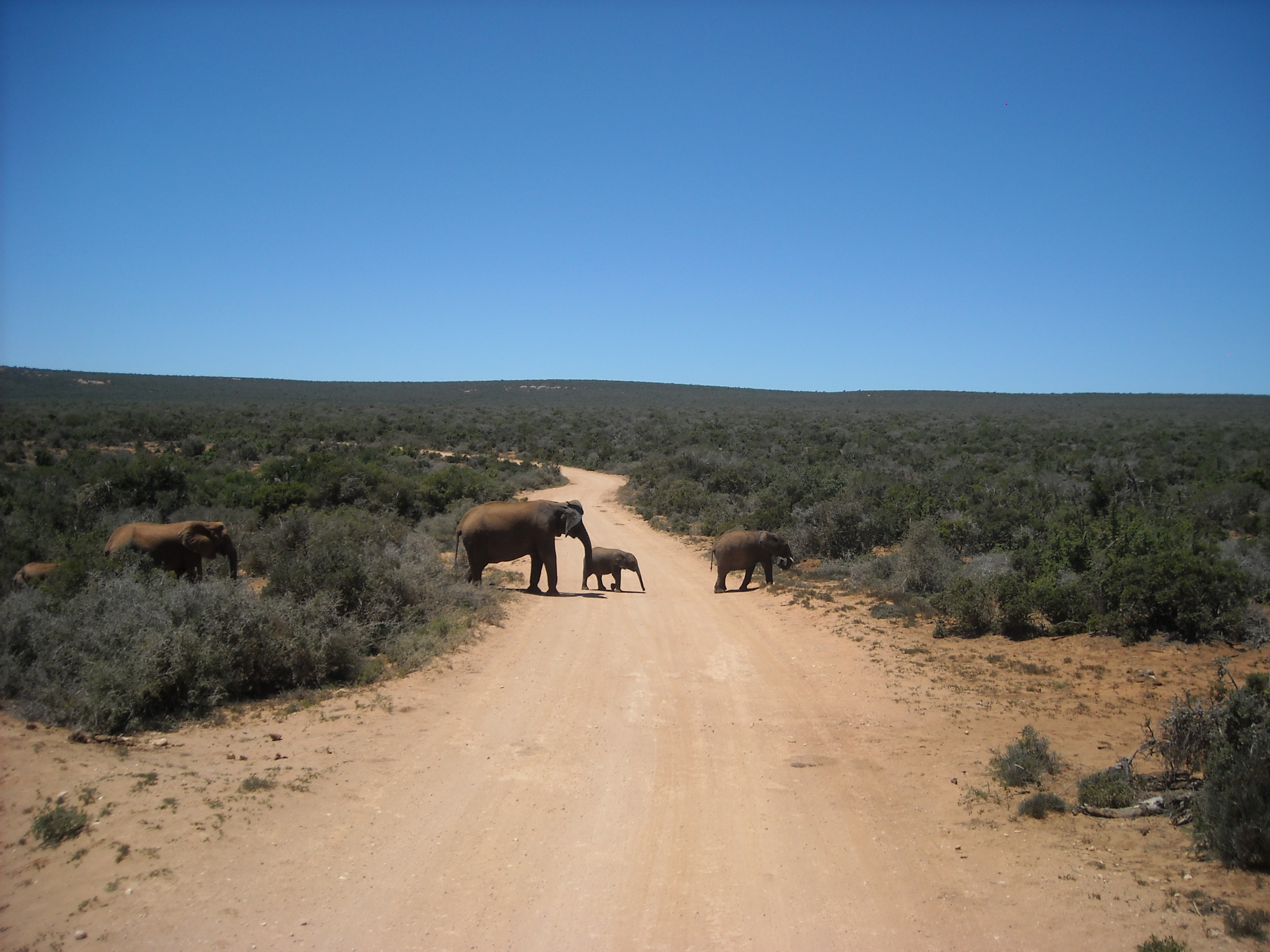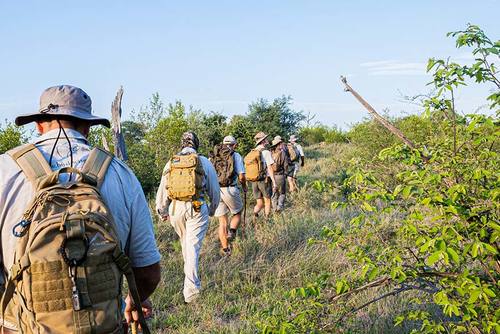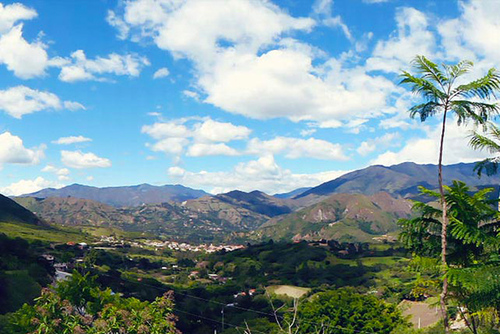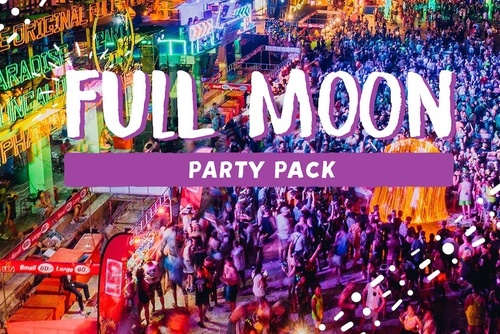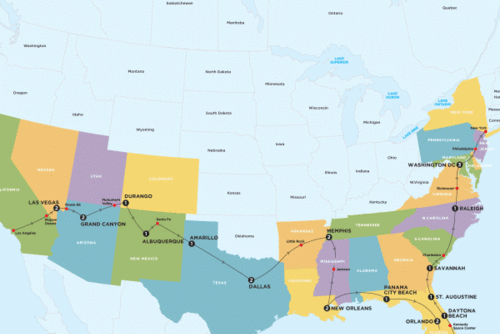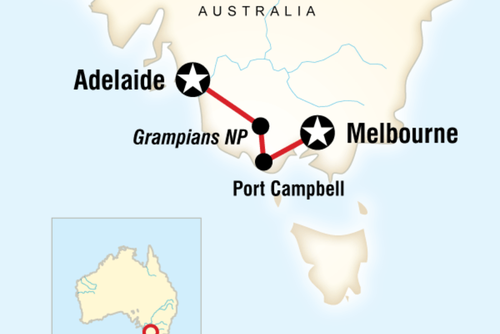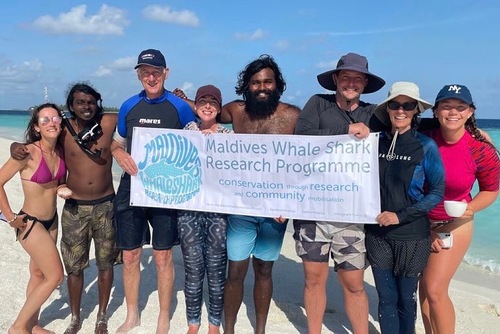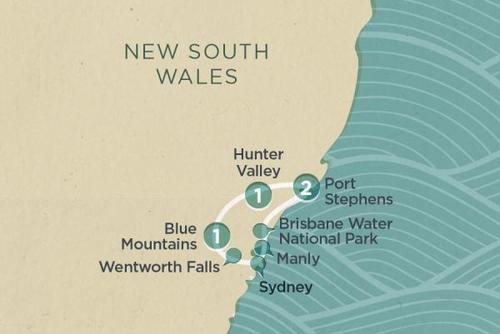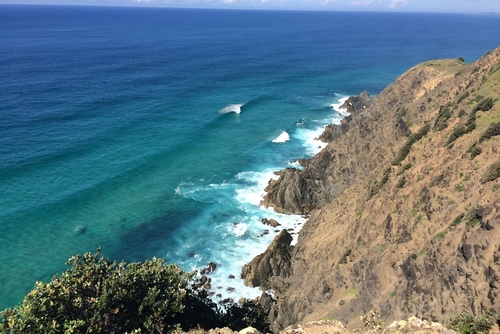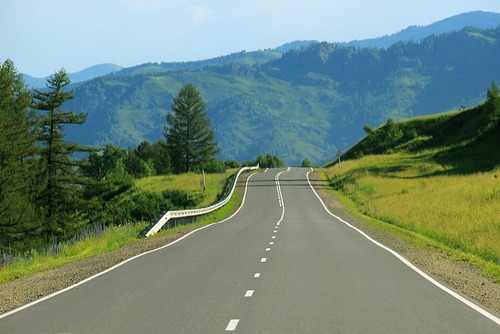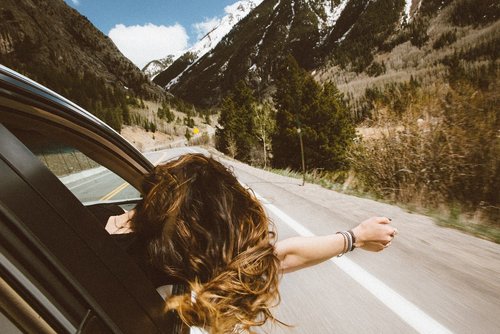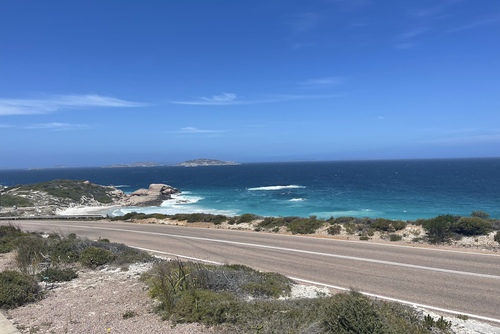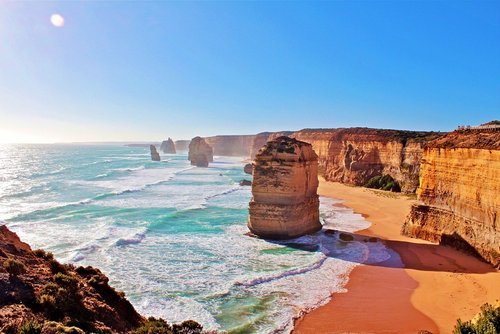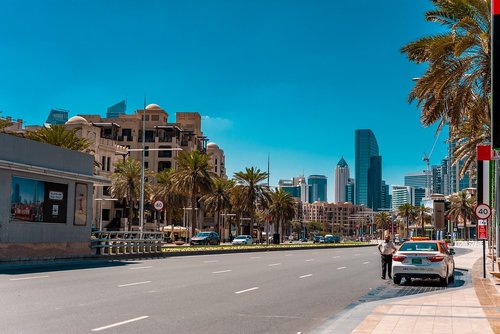Buying junk food that you can mindlessly crunch on is reason enough for me to go on a scenic trip. But on a more serious note, road trips are great if you want to be in charge of your travel time and itinerary.
The Southern half of Africa is ideal for car trips as public transportation is unreliable, and sometimes impossible to use to visit most of the interesting sights. Some African tours are also very expensive which is another reason you might want to rent a car and use it for an independent adventure.
If you would like to drive in Southern Africa, its much easier than you might think.
Here are some tips to help you plan the perfect trip.
Step 1: Plan ahead
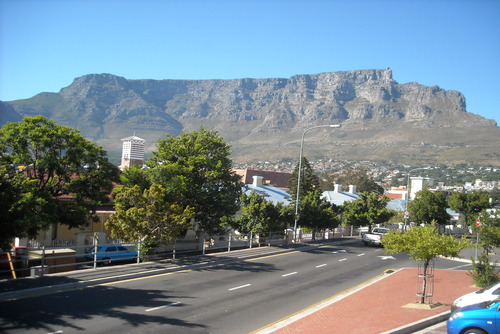
Although it can be done, I would not recommend going on a long trip without any planning ahead of time. You simply don’t want to get caught in a sticky situation, if you can avoid it.
Before anything else, decide where you want to start your journey. I would recommend South Africa for a number of reasons. Cape Town and Johannesburg both have major international airports that have the usual surrounding car rental places.
Research which car service you want to use before you get to Africa and you can potentially save a lot of money. These cities also have some big tourist attractions that you don’t want to miss - examples are the Table Mountain, whale watching, diving with sharks or volunteering in South Africa to help communities.
Another point that I can’t recommend enough is travel insurance. The last thing you want is your trip ruined because you are stranded somewhere without medical attention available. Or what if you arrive at the airport and your luggage gets lost? Trust me, get insurance.
Do set yourself a budget too: in general, accommodation and eating is cheaper in Africa than in most of Europe, but the costs of activities can add up. Know how much you are willing to spend and how much you have available.
Once you’ve decided where you’ll start your adventure, think of the places you want to see. Grab (or buy) a physical/online map, and start highlighting the sights you’re looking forward to.
The great thing about road trips is that YOU are in charge, so you can change your route or dates if you want to. Still, it’s good to have a general idea of what you want to see, so you don’t leave with any regrets.
Step 2: Where Should You Go?
First of all, I am not going to tell you exactly what route you should take. Southern Africa is huge, and there are way too many gorgeous sights for me to list in this article.
I will, however, give you a couple of ideas - things I would recommend to do on a road trip. I’d take either a clockwise or counter-clockwise route through the countries. The truth is, zigzagging will make you drive more, and the stretches are often long and not very exciting.
Anyhow, let’s say you do decide to start in South Africa. Spend at least a day in a city, the perfect place to acclimate to the climate, or perhaps even time change.
Freshening up in a hotel for a night is a luxury you deserve, considering you most likely won’t have a lot of amenities for the rest of your trip. If you are undecided about this destination check our top reasons to visit South Africa.
If you drive South Africa - there’s so much to see. While heading east, you’ll drive by Drakensberg (the country’s largest mountain range) and Kruger National Park (one of the nicest national parks in the world). Don’t forget Lesotho and Swaziland, the landlocked gems, worth exploring.
Then up to Mozambique. It is a haven for outdoor-lovers, so plan a day trip kayaking, cycling or windsurfing. It is still not the safest of countries, so avoid driving at night and keep your personal items at hand. But don’t be too scared: Mozambique is a vibrant country, almost Latin in its feel. Loud music plays, the buildings are colorful and the nightlife in the cities is booming.
The main attraction of Zambia and Zimbabwe is certainly Victoria Falls. I will admit, these waterfalls are spectacular, albeit a little touristy. These two countries also offer the perfect opportunities for some wildlife spotting. The multiple national parks are safe and well-guided and full of exotic, big cats. There are also opportunities to volunteer with animals!
Botswana is another place to see the great African animals. UNESCO World Heritage Site Okavango Delta has a huge population of them (lions, hippos, cheetahs and elephants, among others). Just like Namibia, Botswana is a very sandy, dusty place.
The deserts and sands capes can be absolutely breathtaking, but after driving for days without much visual variety, you might be ready for some city life again. Once you’re ready for your second dose of sand, pay a visit to Namibia’s Fish River Canyon. The narrow glitches and the river make this quite an interesting hike.
Step 3: Where to Stay?
Assume a good amount of your budget will be spent on accommodation.
Now I’m not going to lie: Part of the fun of road trips is being spontaneous and settling only when you’ve decided you’ve driven enough for a day. But having a general idea of where to find hotels or motels might be a good idea, as I don’t recommend driving at night.
Hotels you most likely will only find in cities and their metropolises. After long, hot travel days, it only is natural to want to take a nice shower and sleep on a comfortable mattress. Hotels also have the added bonus of often having an attached restaurant or spa. But, for obvious reasons, they will also cost you more, and - let’s face it - road tripping is about getting back to nature and living like the locals.
Locals on the countryside might generously offer you a place to stay or recommend guesthouses. Another option is to find an apartment to rent, so you can cook your own food.
In wildlife areas, you usually can find safari lodges and safari camps. Lodges can actually be quite luxurious, built out of stone or unprocessed timber. In many places, you’ll be able to find game drives and walks.
Camps, however, are a lot more primitive, often literal canvas tents. If that’s more your style, many places Southern African locations also have designated camping areas, where you can set up your own tent and bring your own food. Areas near national parks are considered very safe and convenient. Guards patrol the premises day and night, and there are even chefs to make your meals for you.
Speaking of meals, plan ahead, so you won’t end up hungry. Again, the cities are where you can expect to find restaurant and bigger supermarkets. Stock up on snacks for on the road, particularly snacks that don’t melt or crumble (sorry, chocolate is not the best idea).
If you’re driving through the middle of nowhere, you might not be able to find water anytime soon. Therefore, make sure to have plenty of bottles at all times.
Step 4: Final Tips
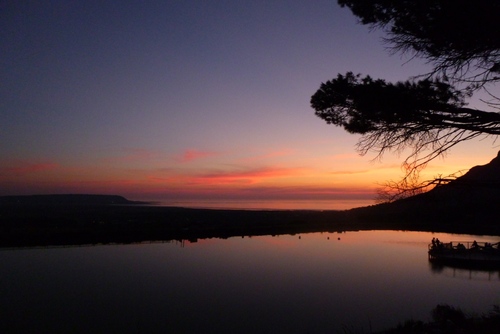
The following are just some final pieces of advice on how to plan your road trip to Southern Africa. These tips contain some important information, so be sure to read through them. Being prepared will just make your adventure that much better!
Map:
I mentioned this before, but it is SO useful to get a physical, paper map. Not only will you be able to visualize your trip better, but locals will also be able to point out where you should go.
Car:
Fuel up before you get to a remote area, and top up when you can. Don’t be cool and pick a flashy car at the rental place. Car theft and robbery are still very real issues.
Stick to a basic vehicle and keep your windows closed in cities, preventing anyone from reaching in and steal something. If you make sure to lock up your valuables, you’ll be fine. Also, just keep in mind before you get on the road, in Southern Africa, you’ll be driving on the left side of the road.
Luggage:
You’ll want to pack your bags lightly, yet smart.
Think about it: Heavier suitcases will weigh your car down, costing you more fuel. That being said, packs clothes for a wide range of weather, as temperatures can vary greatly from day to night. Keep in mind that animals notice bright colors, and bugs are attracted to dark clothing.
Neutral colors are the way to go. Walking shoes probably will come in handy more often than your stilettos, and bring swimwear for when you finally find a pool. Other essentials are a first-aid kit, as well as bug spray and a mosquito net.
Electronics:
Don’t expect to be able to watch Netflix on your phone at all times. Wi-Fi still is scarce in a lot of areas, and even electricity isn’t always available. If you want a cell phone for safety reason - for instance for if your car breaks down - buy a SIM-card at the airport and you’re good to go. If you do decide to bring a device of your own, don’t forget the charger and adapter!
Documents:
Don’t forget your passport. It sounds so obvious, but people do actually forget it, and border patrol might actually stop you. Figure out if you need a visa well ahead of your trip, and bring your driver’s license, insurance information, and maps. Keep cash at hand, since local grocers and vendors often don’t take credit cards. You’ll also need the change to tip guides and hosts.
So you should be all set! Southern Africa is the perfect location for an adventure, whether you’re a road-trip rookie or the king of the roads. Bring your camera, snap lots of photos, and have the time of your life!
This article was written by Lena Hart, savvy travel blogger at asabbatical.com, a personal travel blog of Adrian Sameli. To connect with Lena, follow her on Facebook.
Related Pages

